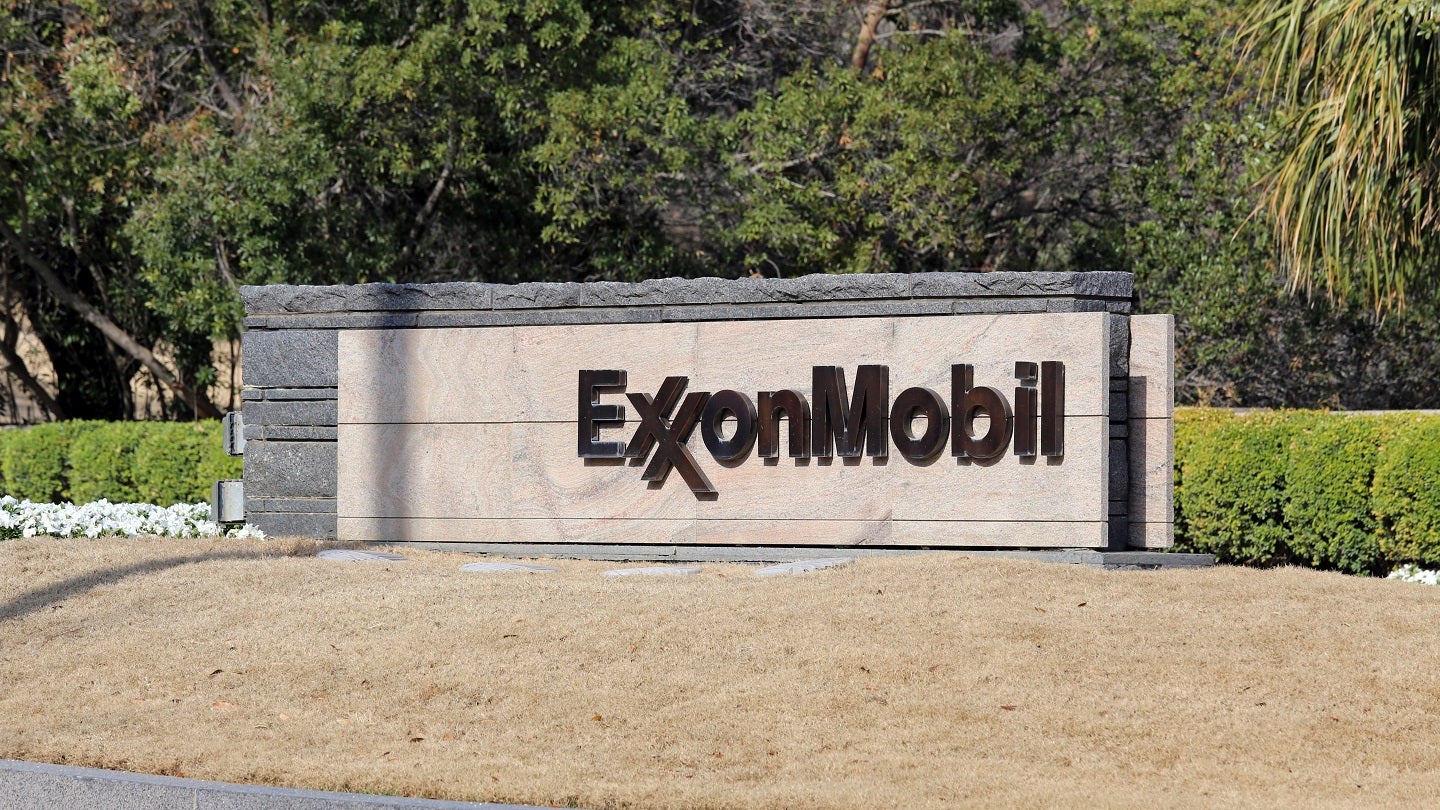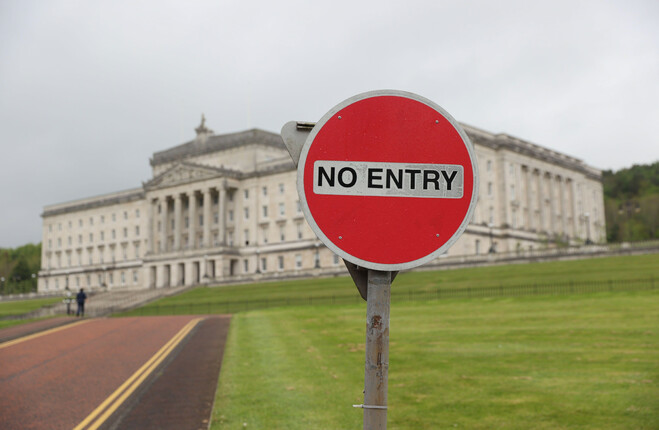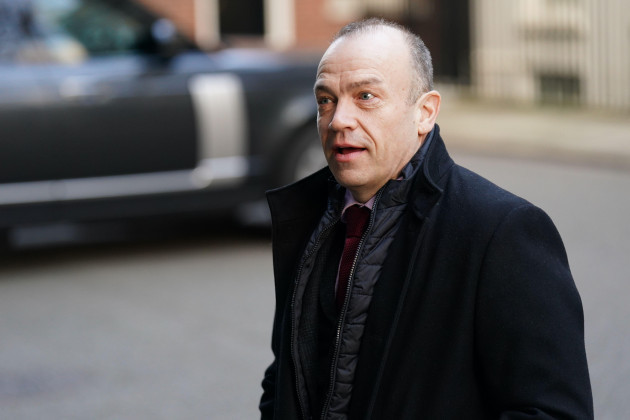The Supreme Court agreed Friday to hear Starbucks’s appeal of a decision ordering the coffee chain to reinstate seven terminated employees, who were part of a high-profile union drive and became known as the “Memphis Seven.”
With implications for labor organizing more broadly, the justices will take up the case to decide the proper standard for court injunctions requested by the National Labor Relations Board (NLRB) as they battle against employers in administrative proceedings.
The injunctions, aimed at keeping the status quo, have forced companies to reinstate employees, keep facilities open and pause corporate policy changes as the NLRB adjudicates alleged unfair labor practices.
Federal appeals courts have been split on what test the NLRB must clear to receive such an order, however.
Starbucks, backed by the U.S. Chamber of Commerce and other business interests, argues that some courts — like the one that ordered the Memphis Seven be reinstated — have been too lenient, emboldening the NLRB to interfere with employers without due cause.
“That split carries enormous consequences for employers nationwide and unacceptably threatens the uniformity of federal labor law,” Starbucks’s attorneys wrote to the justices.
In Memphis, the seven Starbucks employees were terminated after they publicly posted a letter addressed to the company’s CEO and sat down in the store with a television news crew in January 2022 to talk about their union organizing efforts.
The coffee retail giant said it lawfully terminated the employees for breaking the companies’ policies the day of the television interview, including by going behind the counter while off-duty and unlocking a locked door to allow an unauthorized person to enter the store.
A federal district judge in August 2022 ruled in favor of the NLRB, ordering Starbucks to reinstate the workers, and a 6th U.S. Circuit Court of Appeals panel later affirmed the ruling. Starbucks then appealed to the Supreme Court.
The 6th Circuit, along with four other federal appeals courts, grants the NLRB’s injunction requests when they clear a two-factor “reasonable cause” test showing the employer engaged in unfair labor practices.
Four other federal appeals courts employ a four-factor test used in other contexts when parties seek preliminary injunctions, a standard Starbucks argues is higher.
“We are pleased the Supreme Court has decided to consider our request to level the playing field for all U.S. employers by ensuring that a single standard is applied as federal district courts determine whether to grant 10(j) injunctions pursued by the National Labor Relations Board,” Andrew Trull, a spokesperson for the company, said in a statement.
Starbucks Workers United, the union organizing workers at the coffee chain, called the injunctions “one of the most effective tools” to hold corporations accountable.
“The world’s biggest coffee company is now using a technicality to align itself with and do the bidding of the billionaire class,” the union said. “Starbucks is on a mission to weaken the National Labor Relations Board’s ability to hold billion dollar corporations accountable for violating the law.”
But, the Justice Department (DOJ) urged the justices to not take the case, rejecting the notion that the different tests contrast.
“The court’s decision does not conflict with any decision of this Court,” the DOJ wrote in court filings. “And although different courts of appeals use different verbal formulations to describe the standard for granting Section 10(j) relief, those terminological distinctions do not warrant this Court’s review.”
The case is likely to be part of the last batch to be heard this term, which would culminate in a decision by the end of June.
The Supreme Court said Friday it would consider whether local laws prohibiting homeless people from sleeping on public property is cruel and unusual punishment barred by the Constitution.
The Oregon city of Grants Pass asked the high court to review a lower court’s decision to block it from enforcing its public camping ordinance, writing that the decision “cemented a conflict” with California courts that have upheld similar ordinances.
The city cited a slew of potential consequences for allowing the 9th Circuit Court of Appeals decision to stand, including crime, fires, environmental harm, “the reemergence of medieval diseases,” drug overdoses and deaths.
“(The 9th Circuit Court of Appeals’) decisions are legally wrong and have tied the hands of local governments as they work to address the urgent homelessness crisis,” Theane Evangelis, a lawyer for Grants Pass, said in a statement.
“The tragedy is that these decisions are actually harming the very people they purport to protect,” she continued. “We look forward to presenting our arguments to the Supreme Court this spring.”
Grant Pass’s request for the Supreme Court to take up the case was backed by officials in San Francisco and Phoenix, California Gov. Gavin Newsom (D) and 20 Republican state attorneys general.
The Eighth Amendment is at the heart of the case. It prevents “cruel and unusual punishments” from being imposed, in addition to excessive fines or bail.
“For years, political leaders have chosen to tolerate encampments as an alternative to meaningfully addressing the western region’s severe housing shortage,” attorneys representing the city’s homeless population wrote to the justices, urging them to let stand the lower court’s ruling favoring them.
“As the homelessness crisis has escalated, these amici have faced intense public backlash for their failed policies, and it is easier to blame the courts than to take responsibility for finding a solution,” they added.
The Supreme Court previously declined to consider a similar appeal of the lower court’s 2019 ruling, which found that sleeping outdoors on public property — when there is no option to sleep indoors — can’t be criminalized “on the false premise they had a choice in the matter.”
“The fact is the Ninth Circuit’s narrow ruling is consistent with decades of Supreme Court precedent. The U.S. Constitution does not allow cities to punish people for having an involuntary status, including the status of being involuntarily homeless. We look forward to presenting our case to the Court,” Ed Johnson, director of litigation at the Oregon Law Center and lead counsel for the respondents, said in a statement.
Friday’s announcement came one day after the 9th Circuit upheld a lower decision prohibiting San Francisco from removing homeless people from the streets without first offering them shelter.
The court’s brief, unsigned order — as is typical — likely places it in the final set of cases to be argued this term. Such a timeline would result in a decision by the end of June.
The justices on Friday also agreed to step into the Starbucks union fight as well as cases related to visas, arbitration and a remedy-exhaustion requirement.
— Updated at 4:11 p.m.




:focal(1183x586:1184x587)/https://tf-cmsv2-smithsonianmag-media.s3.amazonaws.com/filer_public/95/89/958906be-8183-454a-978b-add2a90071ab/2_kunguints_dorisonrostain.jpg)
/https://tf-cmsv2-smithsonianmag-media.s3.amazonaws.com/filer_public/7b/17/7b17286e-6322-4a69-a280-dbb69df59517/4_mounds_nijiamanch_upano_rostain.jpg)

